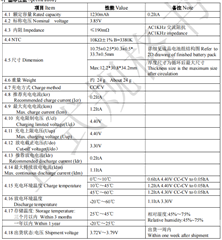Hello,
1, What is the purpose of the VatChgTerm register? Is it similar to reserve capacity?
2、Capacity between VatChgTerm to Terminal Voltage = Fuelgauge.FCC. Is the understanding correct?

3, How is VatChgTerm related to DODatEOC? What is the corresponding formula?
4、Is it feasible to have VatChgTerm=4400mV based on the battery information we are using? What is the reasoning?

5、What are the effects on the FuelGauge if VatChgTerm(4250mV --> 4400mV) is modified?Please help to elaborate.
6. What is the relationship between VatChgTerm and Taper Voltage?
7, The battery has V at Chg Term=4389mV and Taper Voltage=4339mV after the completion of gold learning.
According to FAE's recommendation, V at Chg Term=4250mV was manually modified in the generated FS file, and synchronized with Taper Voltage=4252mV.
The FAE reasoning is that if VatChgTerm is set too high, it may result in the aging cell not reaching 100% SOC. According to TI's experience the value should be set 100mV-150mV below the battery voltage.
7-1, Is the above reasoning correct? Can you tell the real reason?
7-2, Is it reasonable to manually modify V at Chg Term to 4250mV? What is the effect?
7-3, Is it reasonable to manually modify Taper Voltage=4252mV? What is the effect?
7-4. What is the correlation between V at Chg Term and Taper Voltage? What is the correlation with SOC?


